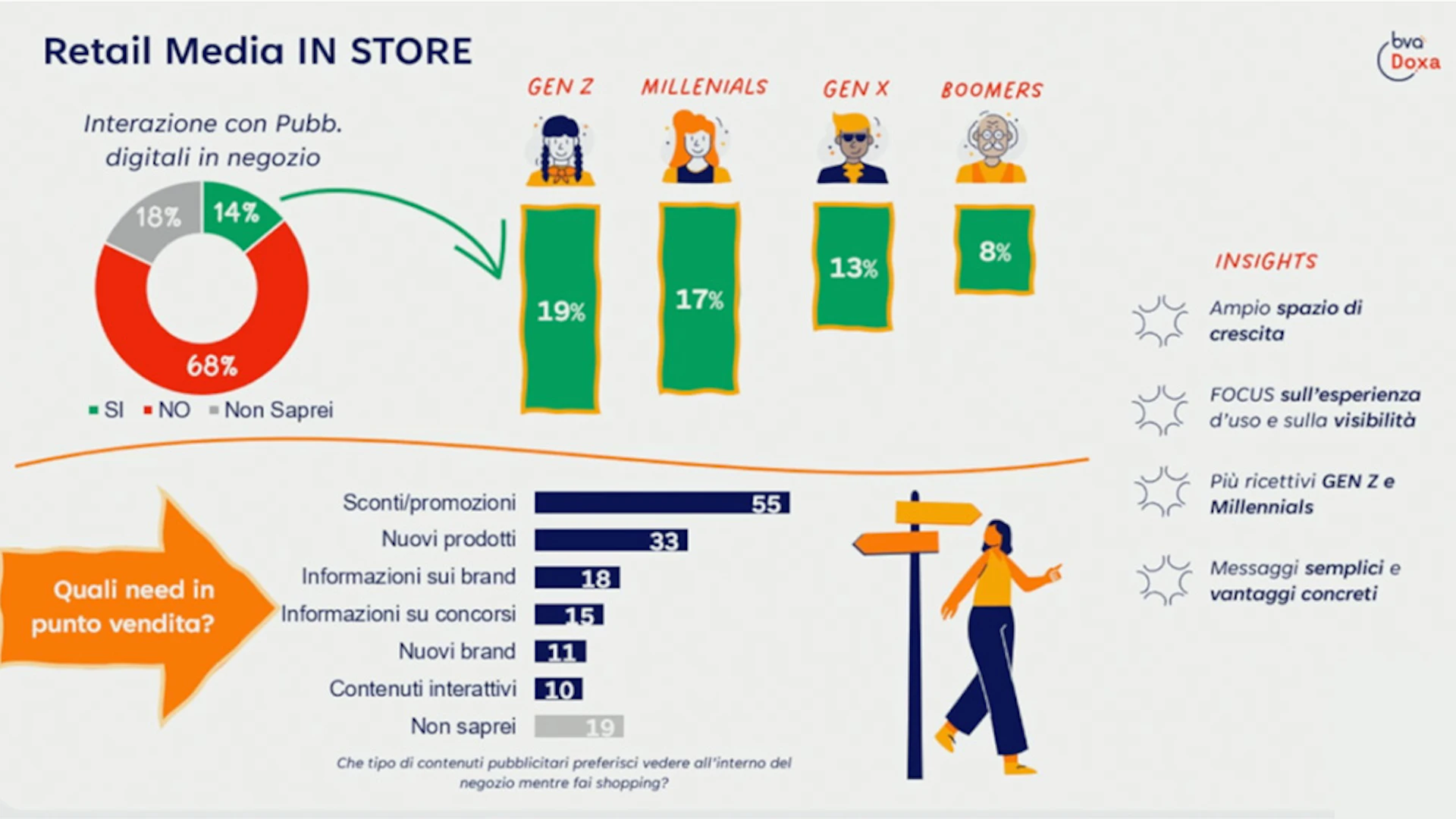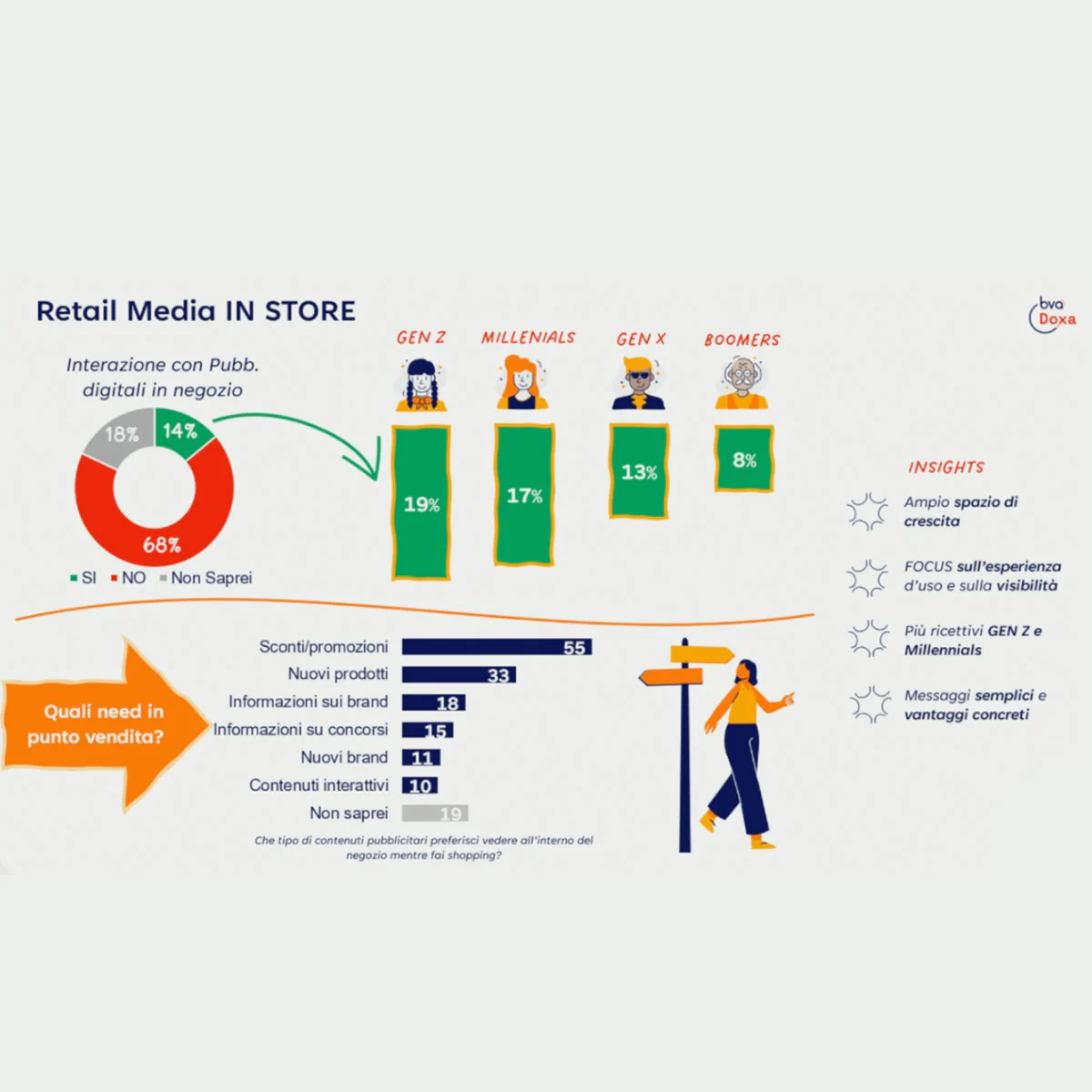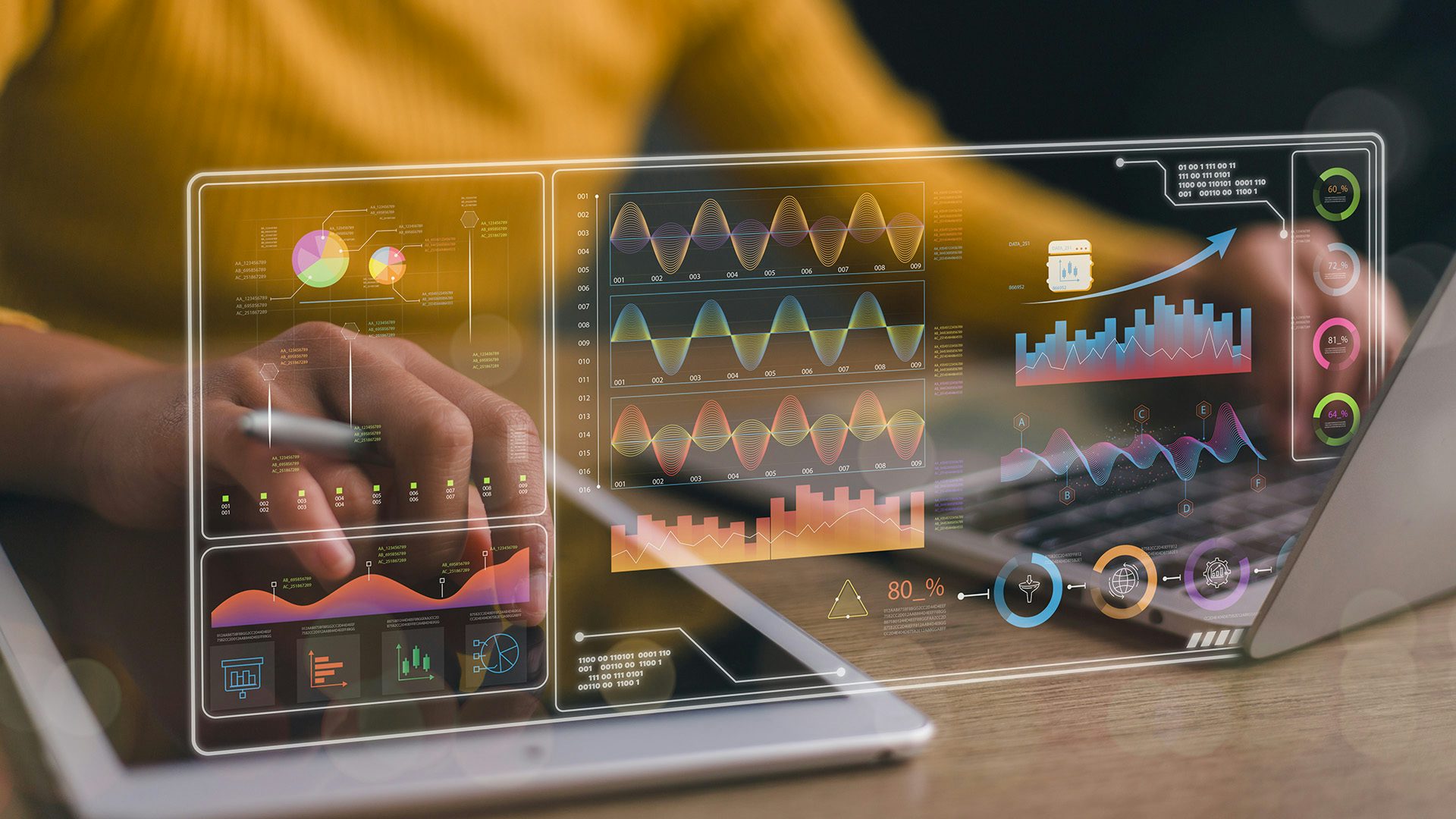From Data to Experience: The Role of Retail Media in the Purchase Journey
As the Suntimes Media Team, we attended the conference organized by the Osservatori Digital Innovation at PoliMI. The event was not only an opportunity to stay up to date but also to reflect on the role of Retail Media.
First, it was clarified what is meant by Retail Media: a set of spaces, data, and assets made available by retailers, both physical and digital, to convey advertising messages. We explored it through three main assets:
On-site: ads on retailers’ eCommerce platforms, apps, and marketplaces;
Off-site: use of first-party data for campaigns on third-party inventories;
In-store: physical spaces such as totems and digital shelves.
International Landscape and Italian Context
Globally, China and the United States account for 80% of the Retail Media market, while in Europe the most advanced countries are the United Kingdom, Germany, and France.
Italy, however, is moving at a different pace: the market is more fragmented and less mature, yet growth signals are very strong. According to the Osservatorio Digital Innovation, Retail Media reached €510 million in 2024, with a forecasted +27% increase for 2025. The digitalization of physical spaces is growing at double-digit rates (+37% digital kiosks, +33% digital signage), and e-commerce has surpassed €40 billion, now representing over 11% of total consumption.
As already highlighted with linear TV, which in Italy still holds a larger share compared to other European countries, this is not simply a market gap but reflects a cultural dimension.
Retail Media is also influenced by local factors such as consumption habits, retailer size, and digitalization speed. From discussions with experts, a shared sense of optimism emerged: this market is seen as fertile ground for building future models, rules, and best practices.
The Challenge of Integration
In the context of Retail Media, where companies and media planners can help define frameworks, rules, and best practices, the key issue remains standardized access to advertising spaces and measurability.
The ideal model involves retailers (with their data and physical stores), brands, media agencies, tech partners, and artificial intelligence.
We observed firsthand how crucial this topic is and recognized that connecting brand data with retailer data is the main lever to fully unlock Retail Media’s potential. This opens vast scenarios in terms of transparency, scalability, and measurability.
What Does the Consumer Perceive?
These solutions don’t only operate at an executional level but directly impact the end consumer’s experience by improving message relevance and the quality of the purchase journey.
Retail Media should therefore not be seen merely as an advertising model but as a true service capable of generating tangible value for users. New generations, in particular, represent the most dynamic entry point, showing a greater willingness to interact with digital content in-store. For this to happen, in-store communication must be engaging and immediately visible, considering that purchases are often made with a predefined shopping list.
The point of sale thus becomes “digitalized”: QR codes on shelves leading to the website (and vice versa), digital screens, and proximity marketing tools enrich the user experience, making interactions more immediate and useful.
The accompanying image highlights the main in-store needs, insights driving strategies, and the most receptive generations, helping us understand where to focus attention.
The more consistent and personalized the messages appear to the consumer, the smoother the purchase becomes. From digital touchpoints to the physical store, the consumer experiences a more authentic relationship with brands.
This led us to reflect on how our work goes beyond “placing” ads — it’s about designing meaningful and valuable experiences for those who live them.
Three Directions for the Future
From the experience at the conference, we identified three key takeaways:
Efficiency for brands: first-party data allows each euro invested to be tied to concrete metrics (ROI, ROAS, incremental sales). Media planning evolves from probabilistic to almost deterministic.
Ecosystem and collaboration: without standardization and strategic partnerships, fragmentation remains a limitation. The real opportunity lies in building critical mass through synergies between retailers, brands, and media agencies.
Consumer experience: more relevant messages enhance brand perception and make the purchase journey more coherent and less fragmented.
SUNTIMES: What We’re Taking Away
Leaving the room, the shared feeling among many colleagues was that Retail Media represents a true silent revolution, set to reshape how brands and consumers interact.
Data, the true protagonist of Retail Media, allows us not only to measure campaign effectiveness but also to understand consumer behaviors and create increasingly relevant and personalized experiences.
And so, given the enormous potential, the only thing left is to get involved. The challenge remains: to overcome cultural barriers in Italy and use data in a way that makes Retail Media not only effective but also a generator of authentic experiences for consumers.
* Engage, Il Retail Media di Lorenzo Mosciatti, 18 settembre 2025
CREDITS
Eleonora Cisini - Junior Media Planner
Gabriele Coviello - Junior Media Planner
Guglielmo Vanasia - Senior Media Planner







